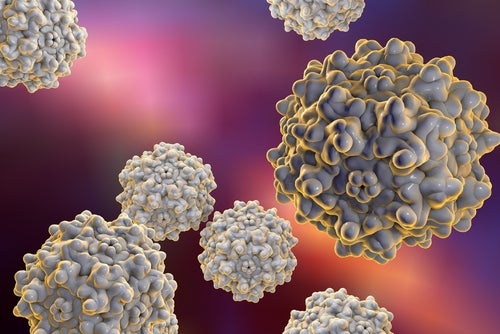
Concept: A research team from the California Institute of Technology (Caltech) has created a laser-drilled, coated graphene sensor that can perform on-the-spot testing of the COVID-19. The electronic-based rapid-response detection unit called SARS-CoV-2 RapidPlex delivers results in approximately 10 minutes, even the asymptotic individual suffering from COVID-19.
Nature of Disruption: The SARS-CoV-2 RapidPlex unit, a biomedical tag, incorporates several low-cost sensors accompanied by data processing and reporting to the user’s smartphone. It electrochemically quantifies three important molecular biomarkers, SARS-CoV-2 nucleocapsid protein, anti-spike immune response proteins IgG and IgM and C-reactive protein (CRP). For medical research, the device is trained with a few saliva and blood samples collected from people who tested positive or negative for COVID-19. The platform uses antibodies immobilized and captured antigens to create micropores on graphene electrodes that have been laser engraved. This method produces a large sensor surface area to make it sufficiently sensitive to detect substances that are only present in minuscule quantities. There are four graphene operating electrodes (WEs), an Ag/AgCl reference electrode (RE), and a graphene counter electrode in the RapidPlex sensor array (CE). All of them are patterned through CO2 laser engraving on a polyimide (PI) substrate, which is a simple, high-throughput and cost-effective production process. In order to anchor the receptors to the graphene substrate, the sensor coating uses 1-Pyrenebutyric acid (PBA) as the linker. To electrochemically characterize the sensor’s processes, the unit used differential pulse voltammetry (DPV) and open-circuit potential-electrochemical impedance spectroscopy (OCP-EIS).
Outlook: It is difficult to spot the carrier of the COVID-19 virus, as an asymptotic person can spread the virus showing no symptoms of the disease. Therefore, the development of tests that can quickly recognize pathogens in asymptomatic carriers is a critical part of the global effort to stem the spread. Also, established COVID-testing technologies usually take hours or even days to produce results. Caltech’s low-cost sensor can enable the at-home diagnosis of the COVID-19 infection through rapid analysis. SARS-CoV-2 RapidPlex unit successfully detects infection biomarkers in COVID-19-positive patient serum and saliva samples, and the results of CRP are well-correlated with the severity of symptoms. The institute has planned to further modify the device for testing other types of infectious disease at home.
This article was originally published in Verdict.co.uk



